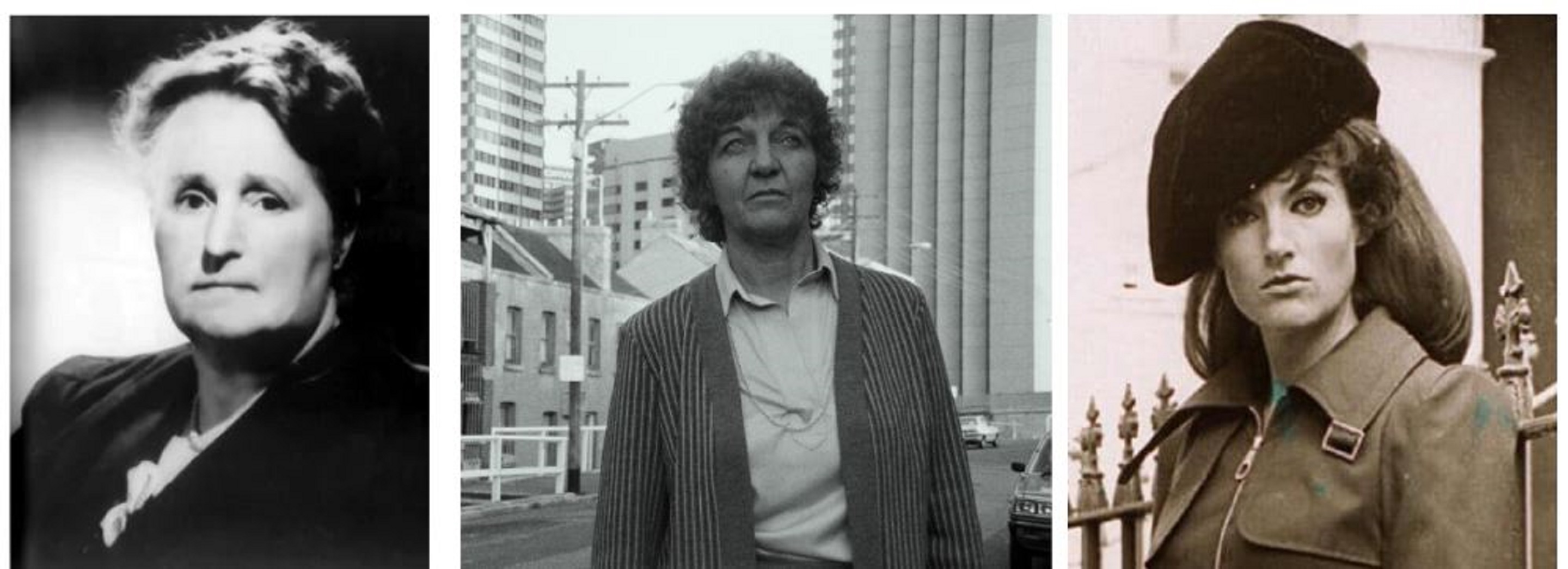
Women Who Rocked the Foundations of Heritage
Annie Forsyth Wyatt. (Source: Daily Telegraph)
Nita McCrae. (Source: Millers Point Community)
Juanita Nielsen. (Source: Australian Dictionary of Biography)
On International Women’s Day 2019 we are proud to celebrate some of the women who laid and rocked the foundations of heritage conservation in NSW.
These three fearless women, born in three different decades, fought to save Sydney’s urban and natural heritage while championing the right of the community to shape the kind of city they wanted to live in.
Vision and Determination
In 1926, Annie Forsyth Wyatt (1885–1961) was horrified to witness residential development at the expense of Gordon’s bushland. She rallied the neighbourhood, co-founded Ku-ring-gai Tree Lovers’ Civic League and created green spaces such as Balls Head Reserve, Dalrymple Forest Reserve in Pymble and A.F. Wyatt Reserve in Palm Beach. Wyatt broadened her campaign after seeing the demolition of historic Sydney places like the commissariat store, West Circular Quay, which she decried as ‘official vandalism at its worst’. She proposed the foundation of a National Trust in Australia, which was realised in 1945, and helped win its first battles to save the Hyde Park Barracks, the Mint and NSW Parliament House.
A Fight For Those Who Most Need Housing
For women like Nita McCrae (1929–1995) the fight was personal. She had blood ties to The Rocks community spanning two centuries, including her ancestor Richard Byrne—an exiled Irish revolutionary who lived on Cumberland Street. When The Rocks and Millers Point were slated for redevelopment in the 1970s, it was McCrae who petitioned and called all the unions until she found Jack Mundey, Secretary of The Builders Labourers Federation. Together with the Rocks Resident Action Group they mobilised support for green bans to stall construction. This allowed the community to bargain for not only for the protection of historic buildings but also the preservation of inner-city residential areas for the working class and low-income earners of Sydney. The iconic Sirius building, the former refuge of displaced Rocks residents, remains a symbol of this battle today.
Defending to the Death
Known for her stylish fashion and distinctive ‘beehive’, Juanita Neilsen (1937–1975) courageously led a campaign in support of the Green Ban movement to save Victoria Street in Kings Cross from property developer Frank Theeman. Neilsen used her local newspaper Now, which she published from her terrace, to galvanise support from residents and organise union strikes on Theeman’s construction sites. An increase of violent attacks on Kings Cross residents involved in the campaign seemed to confirm rumours of Theeman’s connections to underworld crime figures. Protester Arthur King was kidnapped and held in the boot of his car for three days while Aboriginal woman Esther Blaskhaus died after an arson attack on her property. On the morning of 4 July 1975, Neilsen went to a meeting at the nightclub Carousel and was never seen again. Almost 20 years later the National Crime Authority denounced the investigation recognising the strong connections between Nielsen’s murder, property developers and the criminal figures of Kings Cross. In 1983, the Sydney City Council opened the Juanita Nielsen Community Centre near her former residence at Woolloomooloo.